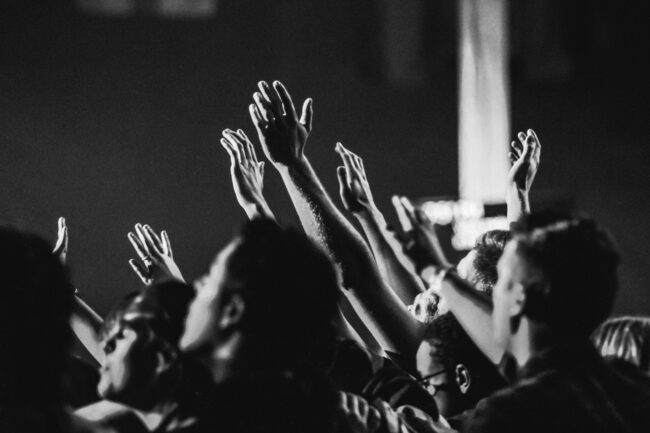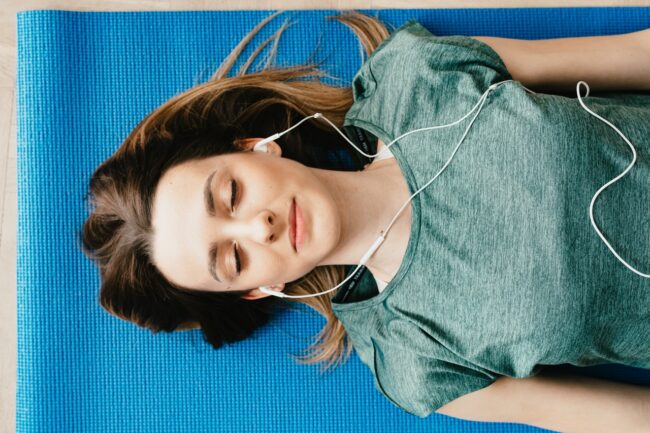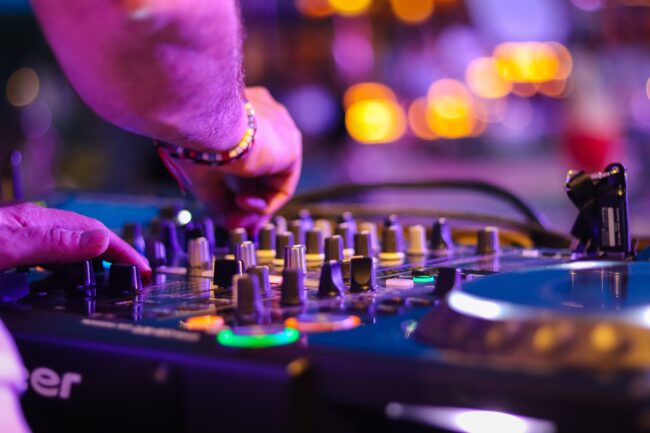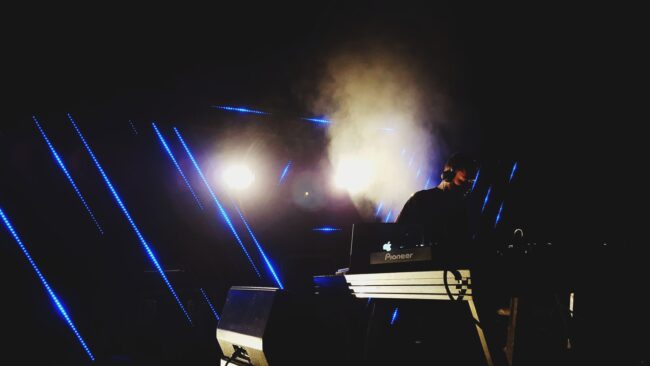You decided to start a house producer or DJ career. Not satisfied with playing other producers’ tracks, you want to make your own music. What does it take? First of all, some instruments and equipment, both for making music and for controlling the setup. We’re not talking here about what gear is the best (you can explore it on simplydrum.com). Here is an overview of what it takes.
What’s House, Musically?

A modern musician asking what’s house music is like a fish asking what’s water. House has become the base for most world’s hits, especially in dance music. Still, if you want the definition, it’s mostly synthetic music, between 115 and 135 BPM (maybe a little beyond) that utilizes repetitive 4-on-the floor rhythm patterns and does not rely on any structure but rather on usability. For example, intros and outros with pure drum beats are made not because of any convention but because it makes it easier for a DJ to mix such tracks, but it’s not necessary.
House can include samples from other styles, from jazz and rock to symphonic or folk music. It may have vocal lines, from full songs to one repetitive phrase. But the beat is the core, and this forms the setup necessary for a good house party.
If You Want It Live

House music can be done completely within a DAW, as its originally synthetic nature suggests. More than that, house is that kind of music that would sound authentic when made fully digitally, except for vocals.
But if you want a hardware setup great to play live or make your tracks sound livelier at a studio, you’ll benefit from having the following:
- Drum machine. It does not have to be a classical TR-808 or TR-909, or its later reincarnations. Machines by Arturia, AKAI, or even Behringer will do the job, and some of them may work even better. If DAW integration matters to you, it makes no sense to pursue an authentic 1980s’ drum machine and rather get something from the 2010s.
- A synth. In fact, if you’re using a DAW, you can be as good with just a MIDI keyboard and software synths. A standalone synth may be better for live gigs, of course, especially if you want your disco hot. If you’re all into analog, well, a good old synth is your choice.
- Optionally, a bass machine (in fact, a dedicated synth). The first one that comes to mind is Roland TB-303, then, its successors like Novation Bass Station. In fact, though, if you go with MIDI, it’s not necessary, unless you insist on retro vibes. But if you want an extra degree of freedom, you can use a hardware bass machine. Syncing the bass with the drum machine can be a little tricky, but if you set it up, you’ll have an unstoppable groove system that keeps the jam rolling while you drop extra samples and synth lines.
- Vocals can also be an important part of your track, but recording it is a separate thing to discuss. As for hardware samplers, you can do without one (though having one is definitely a great enhancing option).
What’s in da House Today?

Well, it’s hard to imagine making house tracks without computer DAW’s since home PC became this common. It’s even more so on any decent studio. But if for you house is rather a flow than a shaped track, for live gigs you will need:
- Drum machine. It can be classical, Roland-like, or pad-based, like AKAI.
- Keyboard. And someone who can play it. If it’s you, you better load your drum machine with premade beat sequences, though, of course, you can edit them on the go.
- Bass synth (optionally). You can automate the bass as well as you can do drums with a drum machine.
- DJ gear. Mashing your own beats and synth lines with hit tracks pushes your possibilities up to the moon. It may be vinyl, CD, or digital controllers (or combine the latter two).
When choosing devices, you should consider their usability for you as well as the sounds they produce. When you play live, the devices you use should feel like your body parts, like a driver feels the car or a soldier feels the weapon. You should act before you acknowledge what you do, subconsciously, viscerally. Take your time to learn and explore your hardware park. Don’t hurry to bring your new gear to a gig before you have trained with it at home to feel quite sure.
As for accessories like a vocal mic and a pair of monitors, they are a very personal matter (though you should have them, of course). Prepare all the wires to connect your setup, plus a couple of extra ones.
A laptop (which is also useful for playing tracks with your controller or controlling other gear) is an important part of the setup. The industry default is a MacBook (not too old one, of course), but a decent laptop running Windows is also okay. In a perfect world, it should have no other applications installed, and no notifications should bother you or make it to the audio stream.
Back to the Roots

It’s not about how your house music sounds. It’s about where it’s played. If you sit in a studio or at home making tracks, it’s also quite house. But there you can go 100% digital, making all the tracks within your DAW. On a gig, it’s no go; it does not release your energy. And that’s how house music was born.
On the contrary, if you learn to use drum machines, bass synths, keys and DJ gear at your gigs, you can benefit from using them while producing tracks. The narrow between live performance and studio production has been vague from the very beginning of house. So it’s a special sort of art to accumulate the dancefloor vibe and pack it into a track.
Full House Hand
After a look at this gear, you may consider getting the perfect setup for playing house music. Now you see that making it and playing it are two different things. A house night at a club can be even livelier than a rock or a jazz party if you use the right equipment the right way.
Share this to your friends to discuss which drum or bass machines are the best for you, which house style all of you prefer, which devices better fit this or that. And comment this, with your experiences, your impressions, and maybe even videos of your own sets and setups. Better to see once.
